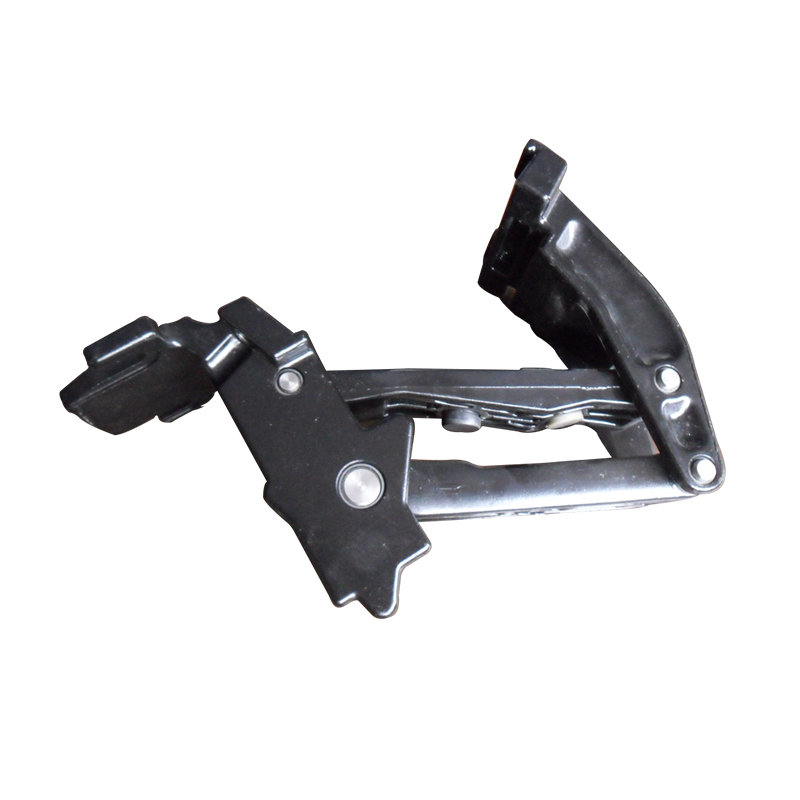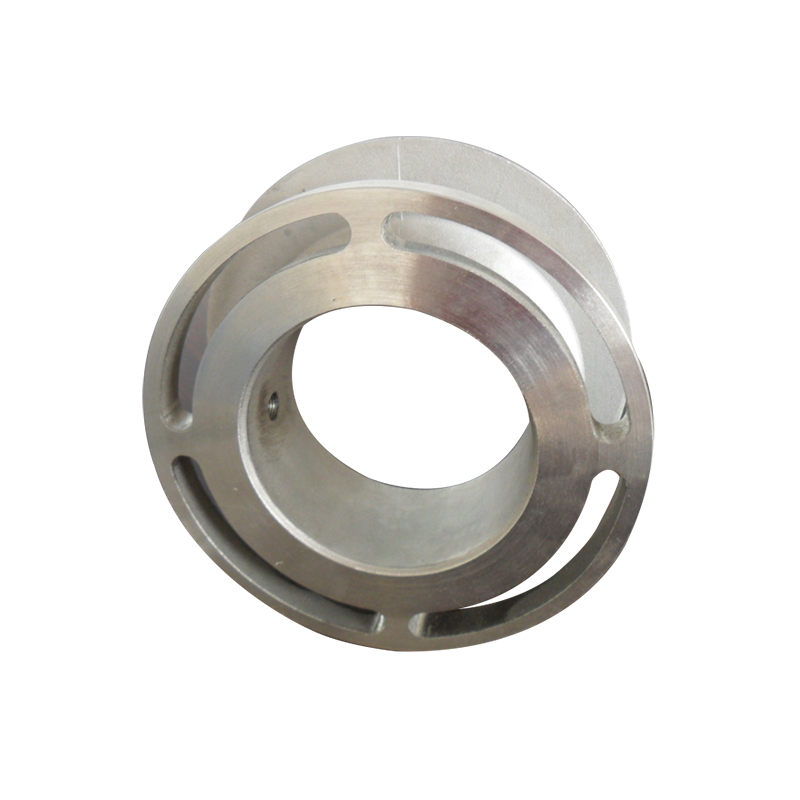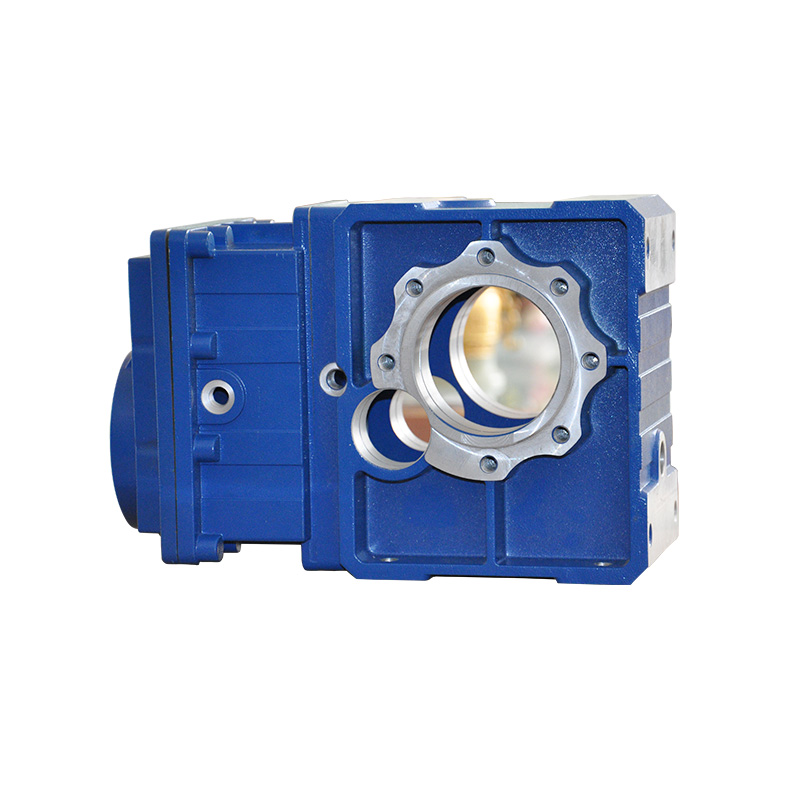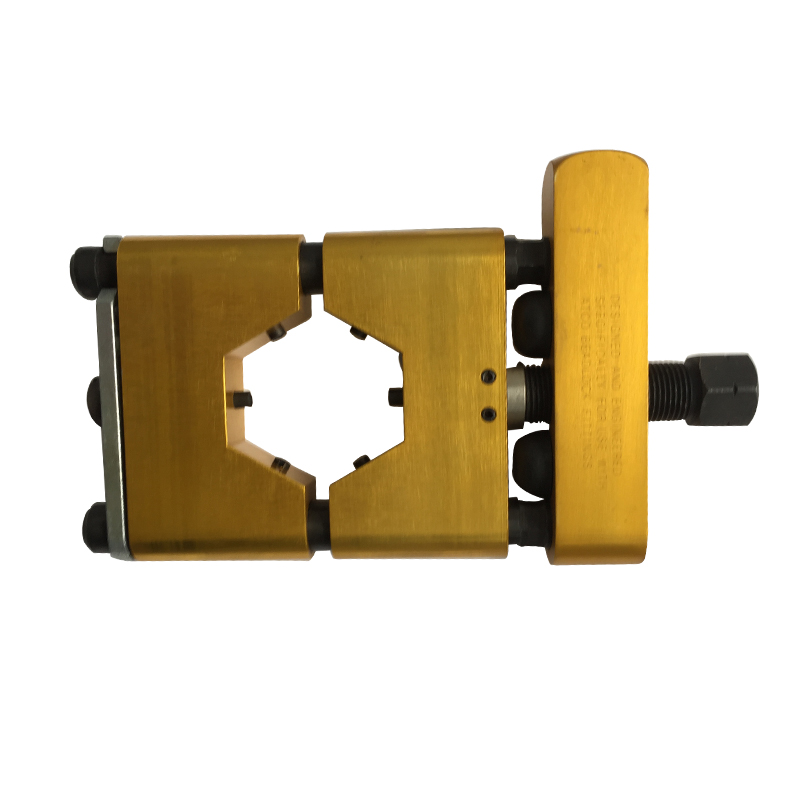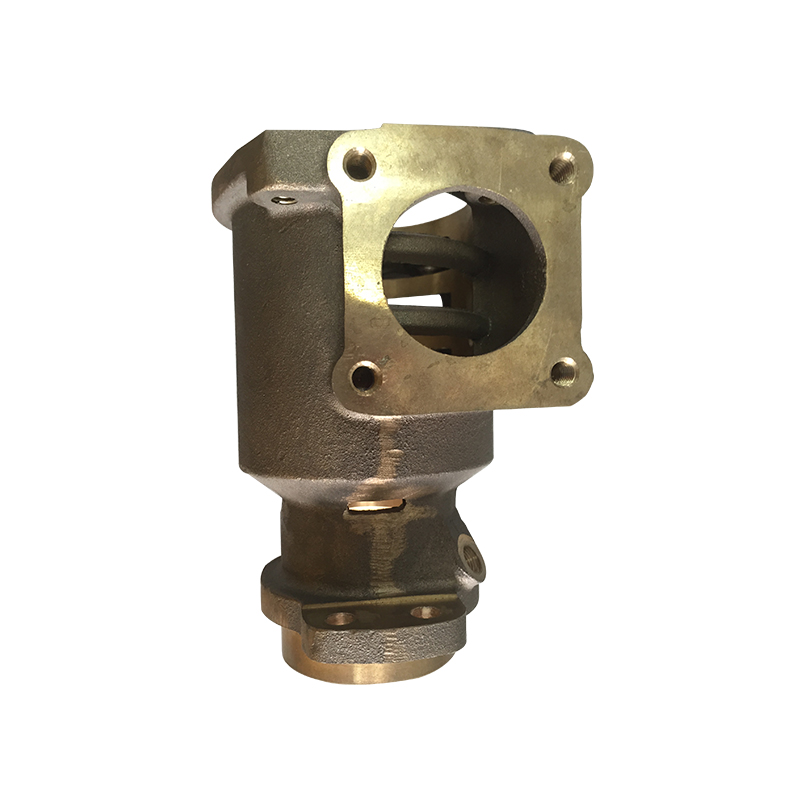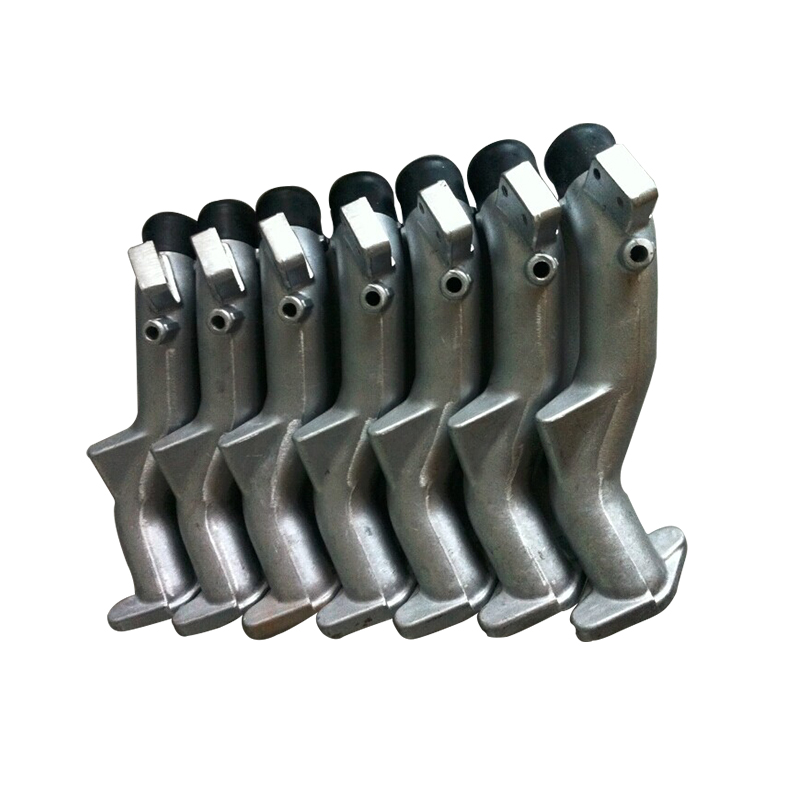And multiple high speed multi-axis milling machines, we can manufacture the complex shapes and tight tolerances required for high precision parts.
40,000 rpm spindles for high speed precision micro-milling
Laser tool setting for high precision applications
For high-volume production of small, high-precision 3D parts
Great for machining and finishing MIM components
Multi-Axis CNC Machining.
5-Axis machining has the ability of a CNC machine to move a part or a tool on five different axes at the same time. 5-Axis machining centers access two additional rotary axes (A & B).
Turning Capabilities
Our Japan Sliding Head stock Type CNC Automatic Lathes, and Longitudinal lathes.
Japan-turn machining has the capability to get extremely tight tolerances while moving at high rates of speed on multiple axes to add productivity and reduce machining time. Multiple cutting tools work concurrently to expand functionality, while utilizing automated feed to limit operator interaction. This machining can make extremely low RMS surface finishing.
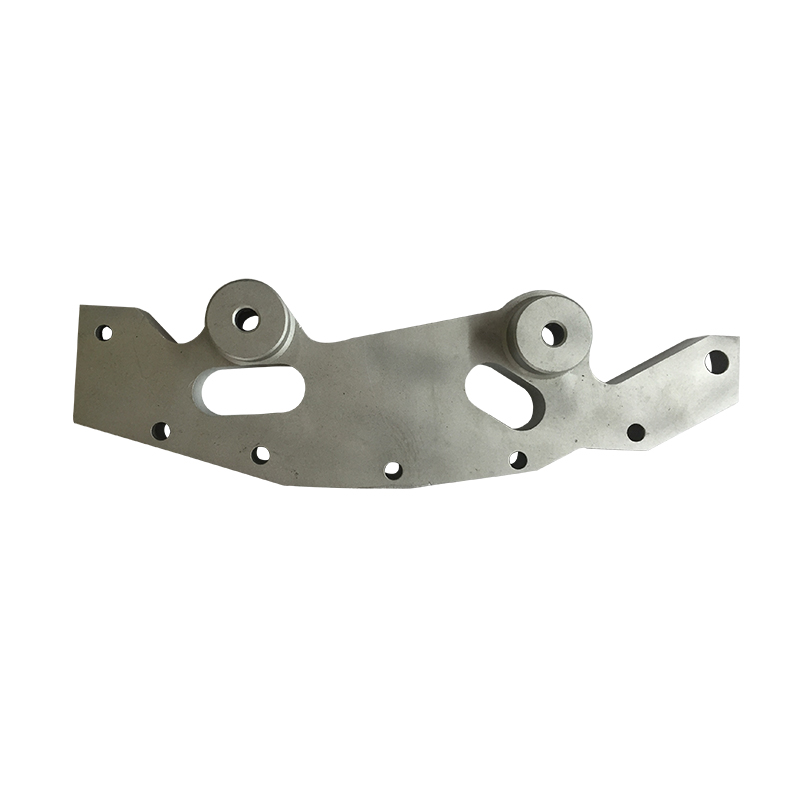 GAS Master Cam Timing Tool Kit for the BMW M52tu-M54 Engines
GAS Master Cam Timing Tool Kit for the BMW M52tu-M54 Engines
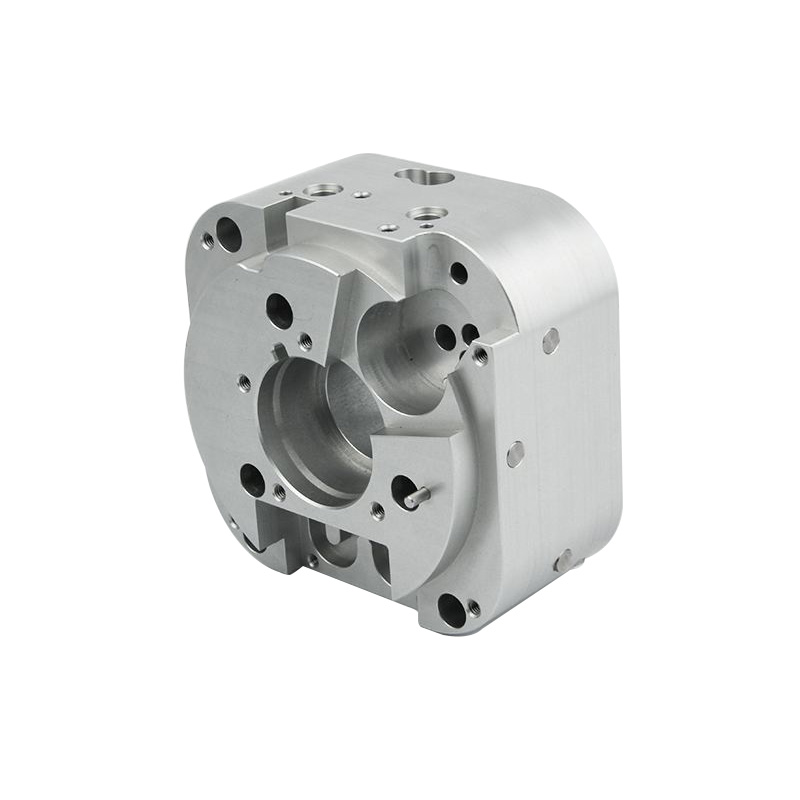 5 Axis Precision CNC Machining Services
5 Axis Precision CNC Machining Services
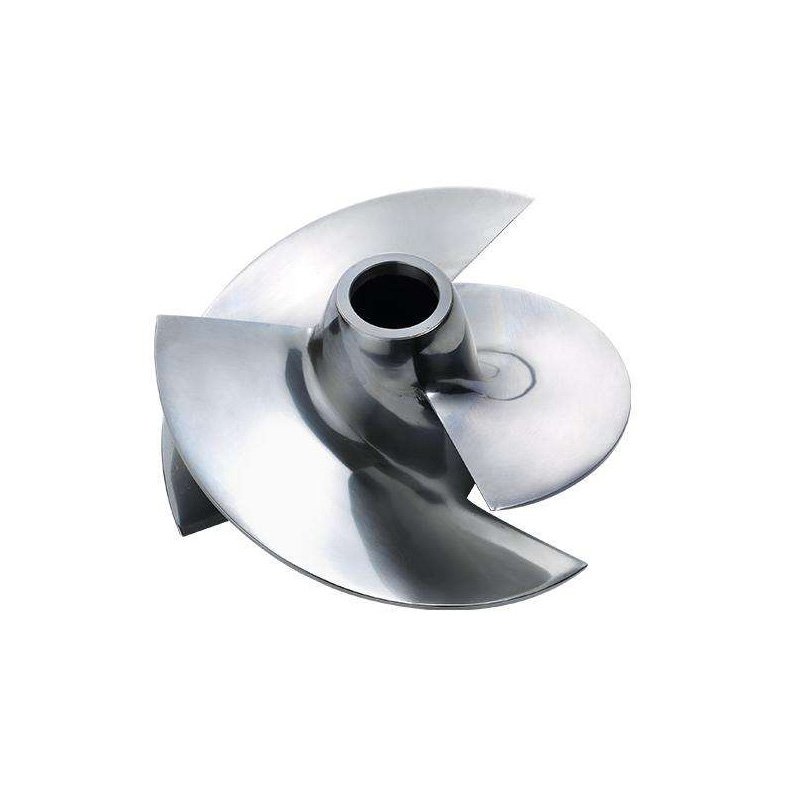 Precision 5-axis Machining Millturning, CNC Turning and Milling
Precision 5-axis Machining Millturning, CNC Turning and Milling
 5-Axis CNC Machining Custom Machined, Forged, Casting
5-Axis CNC Machining Custom Machined, Forged, Casting
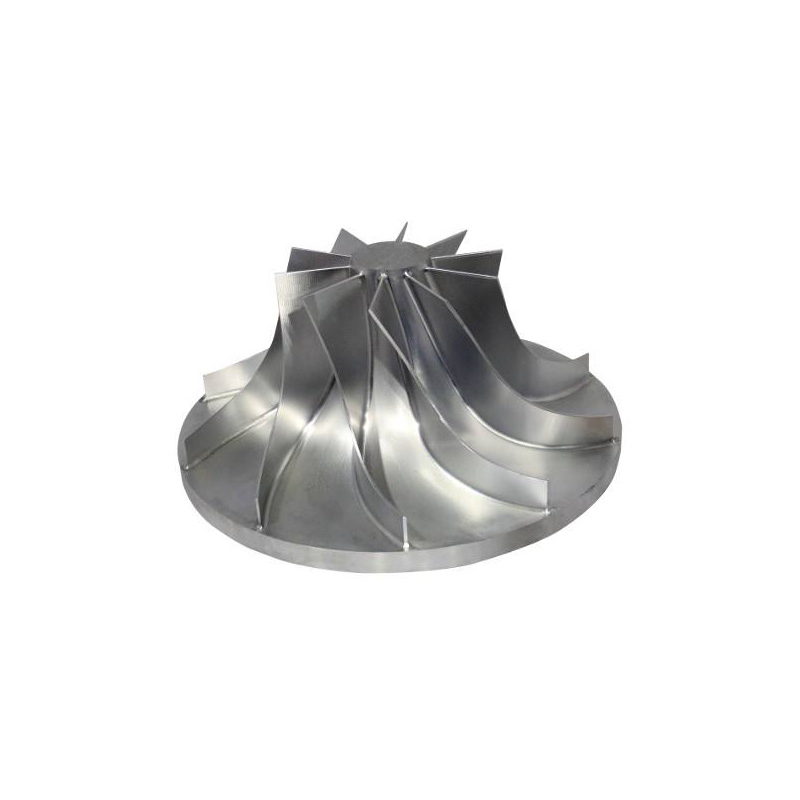 Custom 5-axis CNC Machining Services in China
Custom 5-axis CNC Machining Services in China
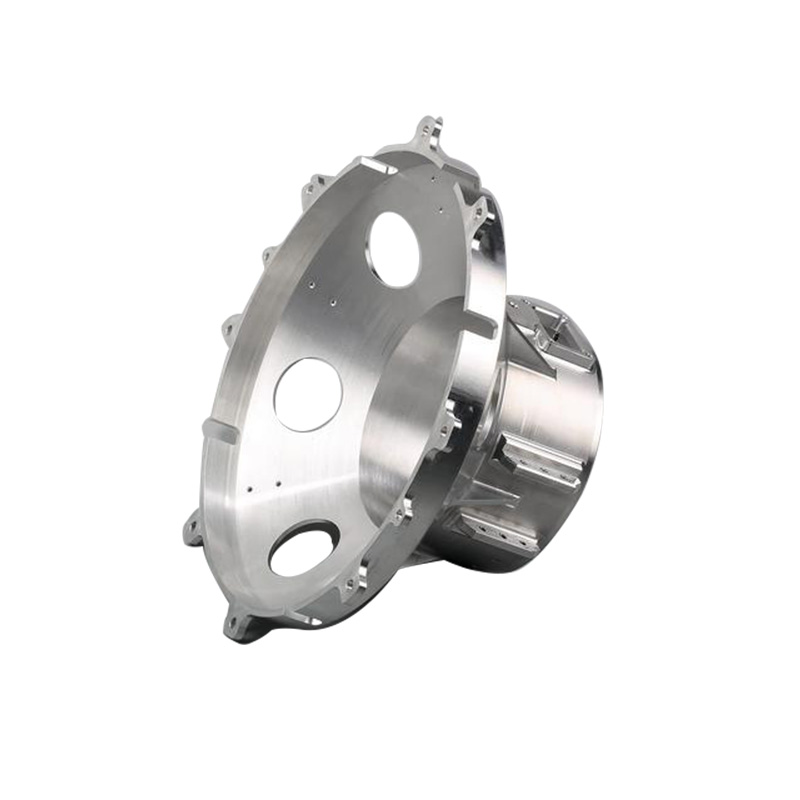 5-Axis CNC Machining Making Complex Part
5-Axis CNC Machining Making Complex Part
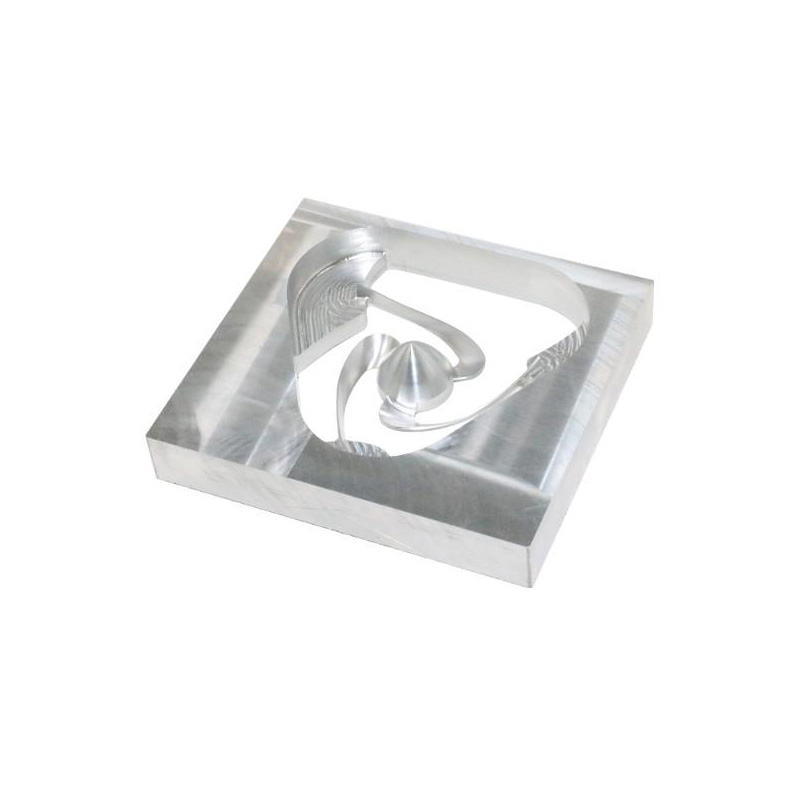 3, 4 & 5 Axis Machining Services
3, 4 & 5 Axis Machining Services
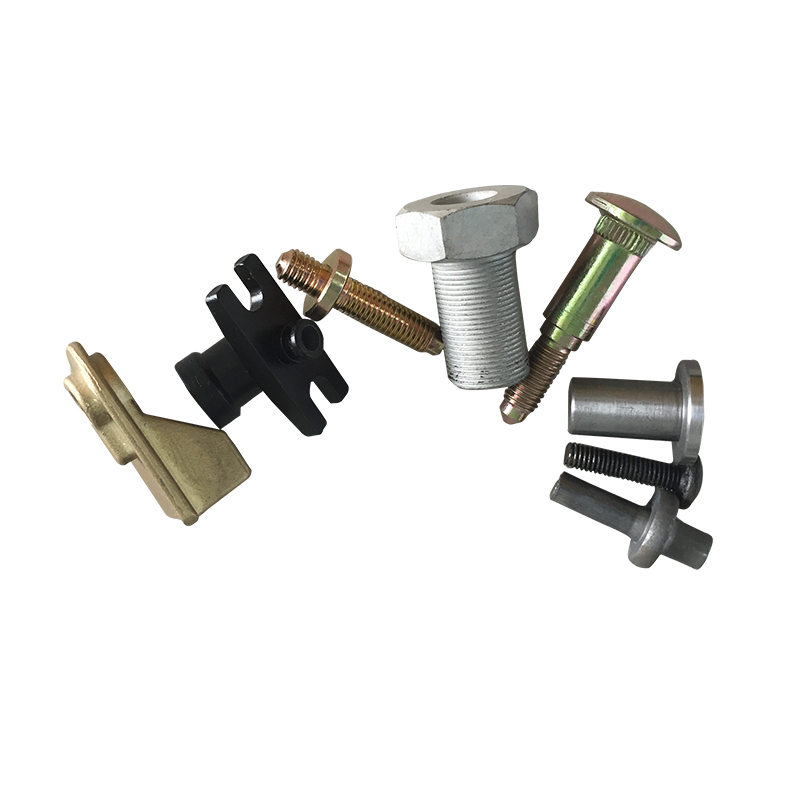 Custom Bolts And Fasteners | CNC Machining Fasteners
Custom Bolts And Fasteners | CNC Machining Fasteners
 Pipe Clamps, Fixtures and Clamp Pads
Pipe Clamps, Fixtures and Clamp Pads
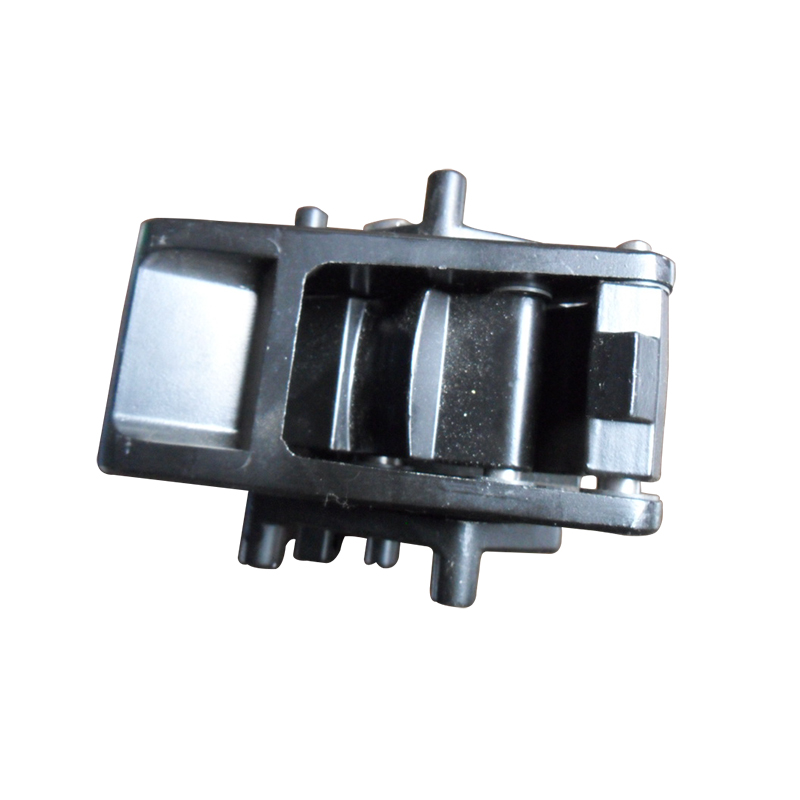 Bucket Elevator Drive Gearbox with CNC Machining
Bucket Elevator Drive Gearbox with CNC Machining
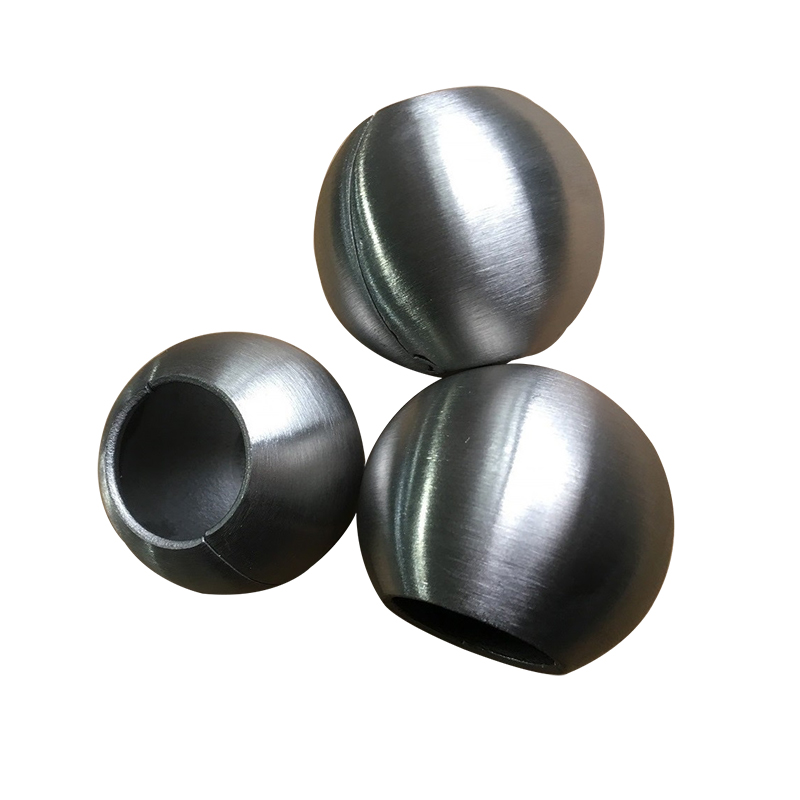 CNC Machining For Stainless Steel Ball Valves
CNC Machining For Stainless Steel Ball Valves
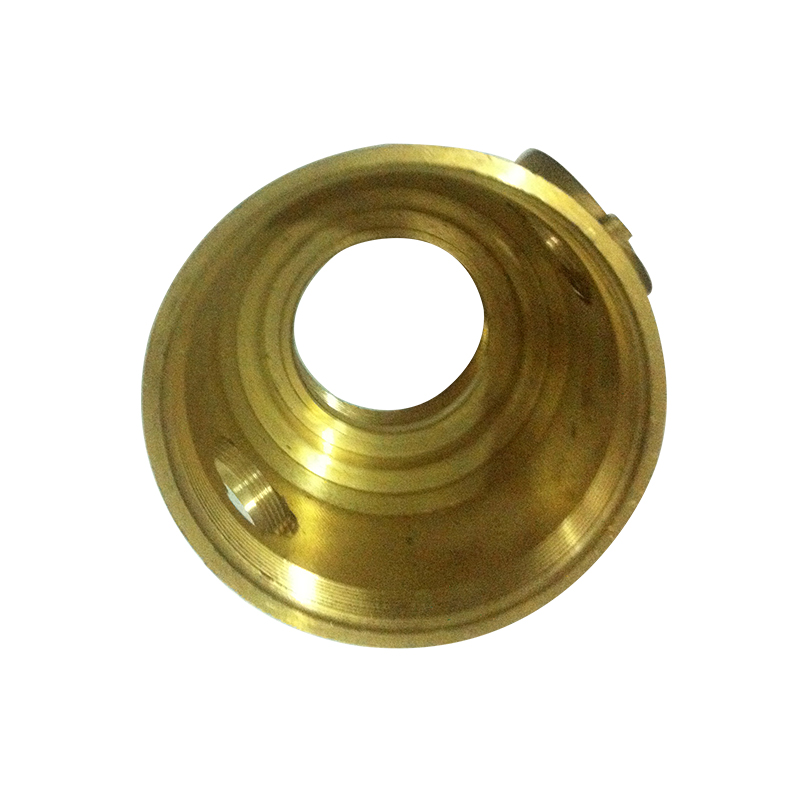 CNC Machining: Copper Parts And Custom Prototyping
CNC Machining: Copper Parts And Custom Prototyping
Computer Numerical Control (CNC) machining is a manufacturing process in which pre-programmed computer software dictates the movement of factory tools and machinery. The process can be used to control a range of complex machinery, from grinders and lathes to mills and CNC routers. With CNC machining, three-dimensional cutting tasks can be accomplished in a single set of prompts.
Contemporary CNC machines focus on minimizing human intervention as much as possible. This ensures consistent and continuous performance, which facilitates smart manufacturing and delivers excellent results.
However, CNC machining operations require careful consideration from the initial design to the final manufacturing. The entire process works in three different steps:
1 – Design
This is the first step where the deliverables are design files in CAD, CAM, and CAE format. Engineers and designers use CAD/CAM packages that assist them in creating the overall design of the part and product, which is then analyzed for their manufacturability. This analysis, sometimes called DFM (Design for Manufacturing) is an integral process as it ensures maximum benefits at the lowest overall cost while catering to the limitations of the available technology.
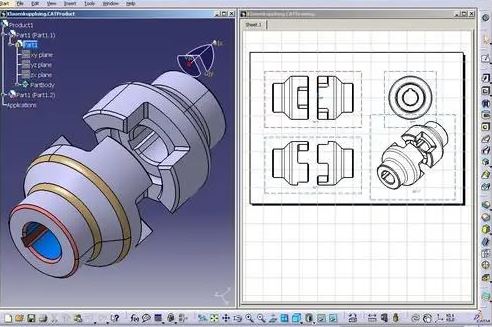
In most cases, the CAD tools available in the market come with an internal CAM tool, which facilitates the pre-processing and programming, which is the next step in the CNC process.
2 – Pre-processing and Programming
The primary method of communicating with a CNC machine is through G-Codes or M-Codes. CAM packages generate these codes which are basically the navigating map for the cutting tool in CNC machines.
In most cases, CNC machinists won’t have to intervene in the operations or pre-processing if the design is according to the DFM standards. In case it’s not, some intervention might become necessary to ensure excellent performance.
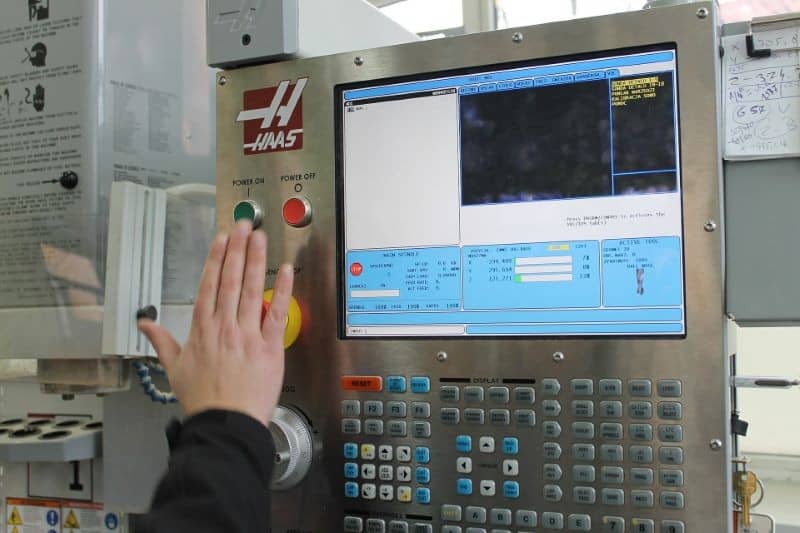
This is a general step that is common in any CNC machining operation. How much time is needed for the pre-processing is determined by the overall quality of the design process. Programming the G-Codes or M-Codes only need a few minutes.
However, they are dependent on the design. If the overall design is according to the necessary conventions for DFM, the codes would be correct and deliver acceptable results. On the contrary, flaws in the design would result in flawed codes which would naturally deliver unacceptable results.
3 – Machining
The final stage is the actual machining process, which uses the provided codes from the previous step to remove excess material from a block.
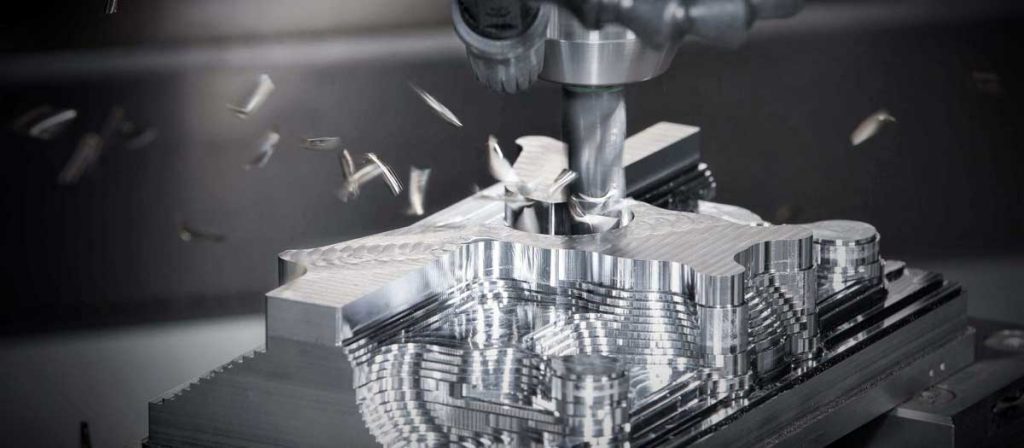
Generally, precision machine tools are extremely important but they can’t exactly reproduce the same dimensions as the CAD model. That’s why machinists generally use tolerances, which are different according to the requirements of the industry. The general rule of thumb states precise tolerances would result in higher costs for the manufacturing unit.
Types of Machining Operations
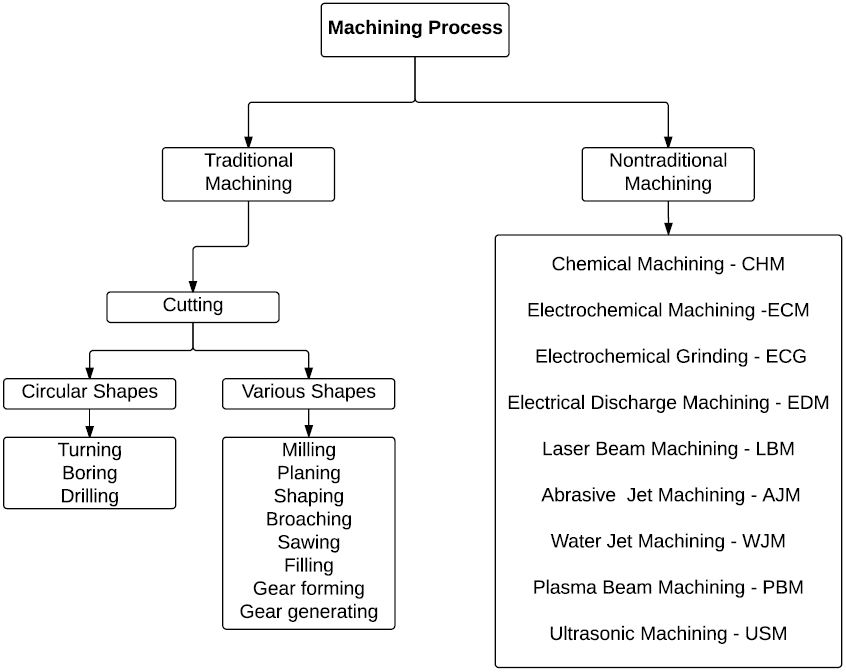
Common Applications of CNC Machined Parts
CNC machining is one of those manufacturing processes that are not bound by a specific industry or application. Today, these machines are used almost everywhere in one capacity or another. However, the following industries can make the most of what CNC machining offers:
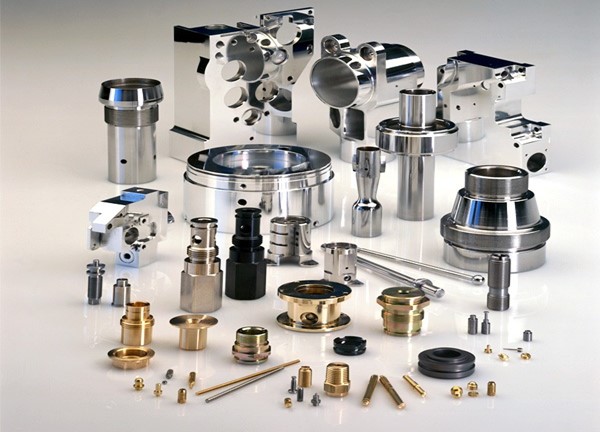
- Aerospace and defense: CNC machining is common in the manufacturing of components for airplanes. Moreover, it’s also used for defense production. For example; weapons, ammunition, and other similar items.
- Automotive industry: CNC machines produce a variety of parts for cars and trucks. Some examples include engine parts, transmission components, and suspension components.
- Medical devices: CNC machining can produce precision components for medical devices such as implants, prosthetics, and surgical instruments.
- Consumer products: CNC machines can produce a variety of consumer products. This includes electronics, toys, and common household items.
- Machinery and equipment: CNC machining is common in producing components for a wide range of machinery and equipment. Some examples include pumps, valves, and gears.
- Prototyping and R&D: CNC machining is often used to produce prototypes and test parts for research and development purposes.
- Jewelry Production: Intricate jewelry requires precision and repeatability that only CNC machining can ensure. That’s why it’s popular in this industry.
- Molds and dies: CNC machining produces molds and dies necessary for producing plastic and metal products.
- Metal fabrication: CNC machining is common in the production of metal components for a variety of industries, including construction, agriculture, and mining.
Main Pros and Cons of CNC Machining
The CNC machining process has its set of pros and cons. Generally, most of the advantages and disadvantages are not industry specific. However, some qualities may have a greater effect on a certain application due to the overall requirements of costs, quality, and time.
Here are the main advantages that CNC machining offers:
| Advantages | Disadvantages |
| Accurate and high precision: CNC machining allows for precise control of the cutting tool, resulting in parts with tight tolerances and excellent repeatability. | High initial costs: CNC machines are quite expensive. Moreover, there are many types of them and most of their operations are not interchangeable. Thereby making capital requirements significant for small and medium businesses. |
| Fast production: CNC machines can operate at high speeds, allowing for faster production of parts. | Trained operators needed: Unlike traditional machines, CNC operators require significant training before they can start working. Which means they are more in demand and have higher wage requirements. |
| Enhanced capability: CNC machining ensures consistent quality, which is excellent for a consumer product or large-volume production. | Increased material wastage in some cases: While efficient, some CNC operations may waste more material compared to the manual process. However, the precision, repeatability, and efficiency they offer may offset this con in many cases. |
| Complex design: CNC machines can be programmed to produce a wide variety of parts. From simple to complex shapes, everything is possible with the right design considerations and machining approach. | |
| Consistency and low human error: CNC machining ensures consistent quality, which is excellent for a consumer product or large-volume production. | |
| Cost-effectiveness: CNC machining can be cost-effective for large production runs. Larger production runs utilize economies of scale to reduce the overall cost per piece, which is exactly what the industry demands. | |
| Improved safety: CNC machines are significantly safer than their manual counterparts. Generally, the operators control the machine from another room, which keeps them safe from shards, heat, and exposure to other threats. | |
| Reduced maintenance requirements: Since most of the processes are automatic, they are optimized to perform consistently without any intervention. Thereby lowering the overall maintenance requirements. |
